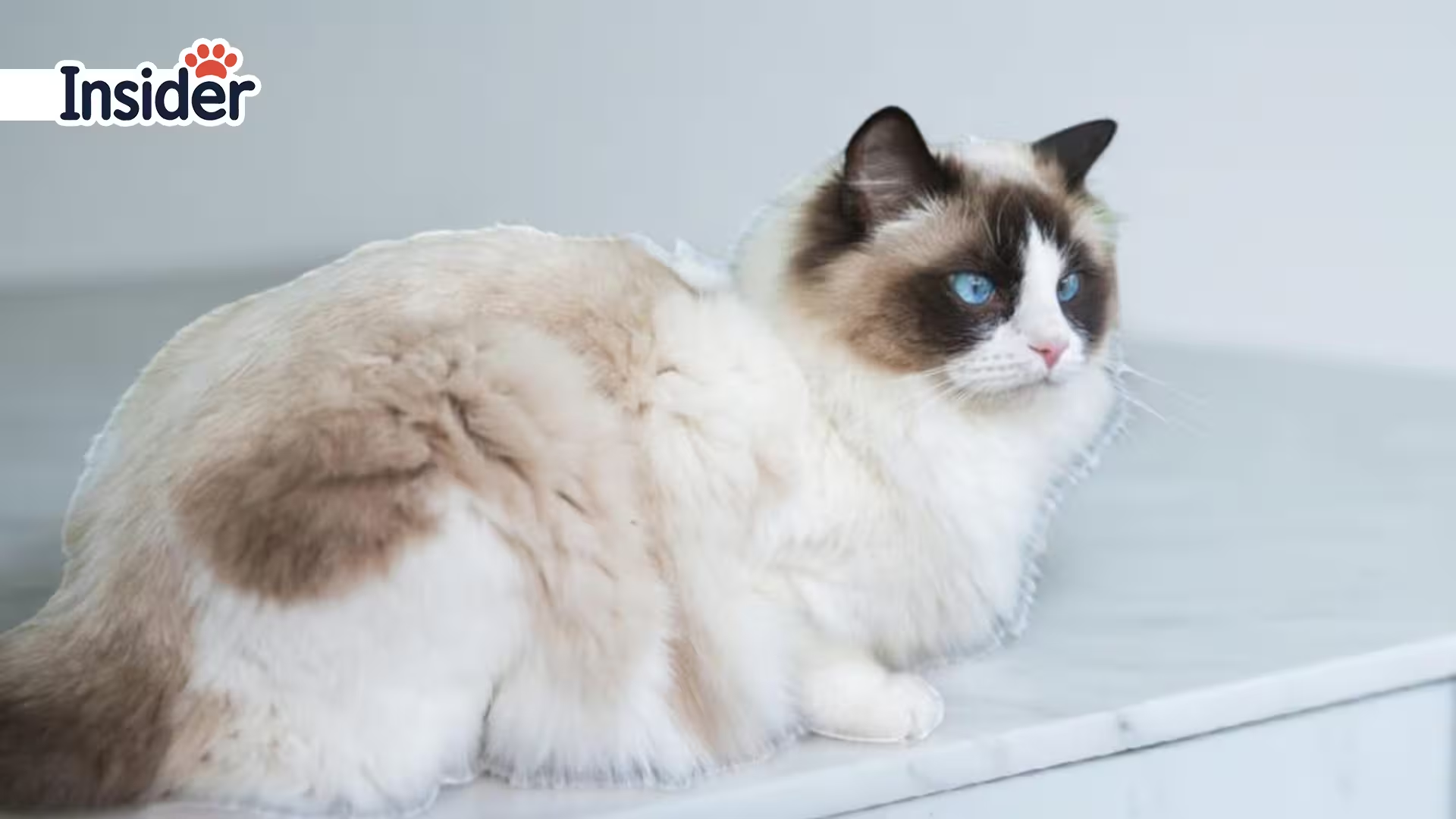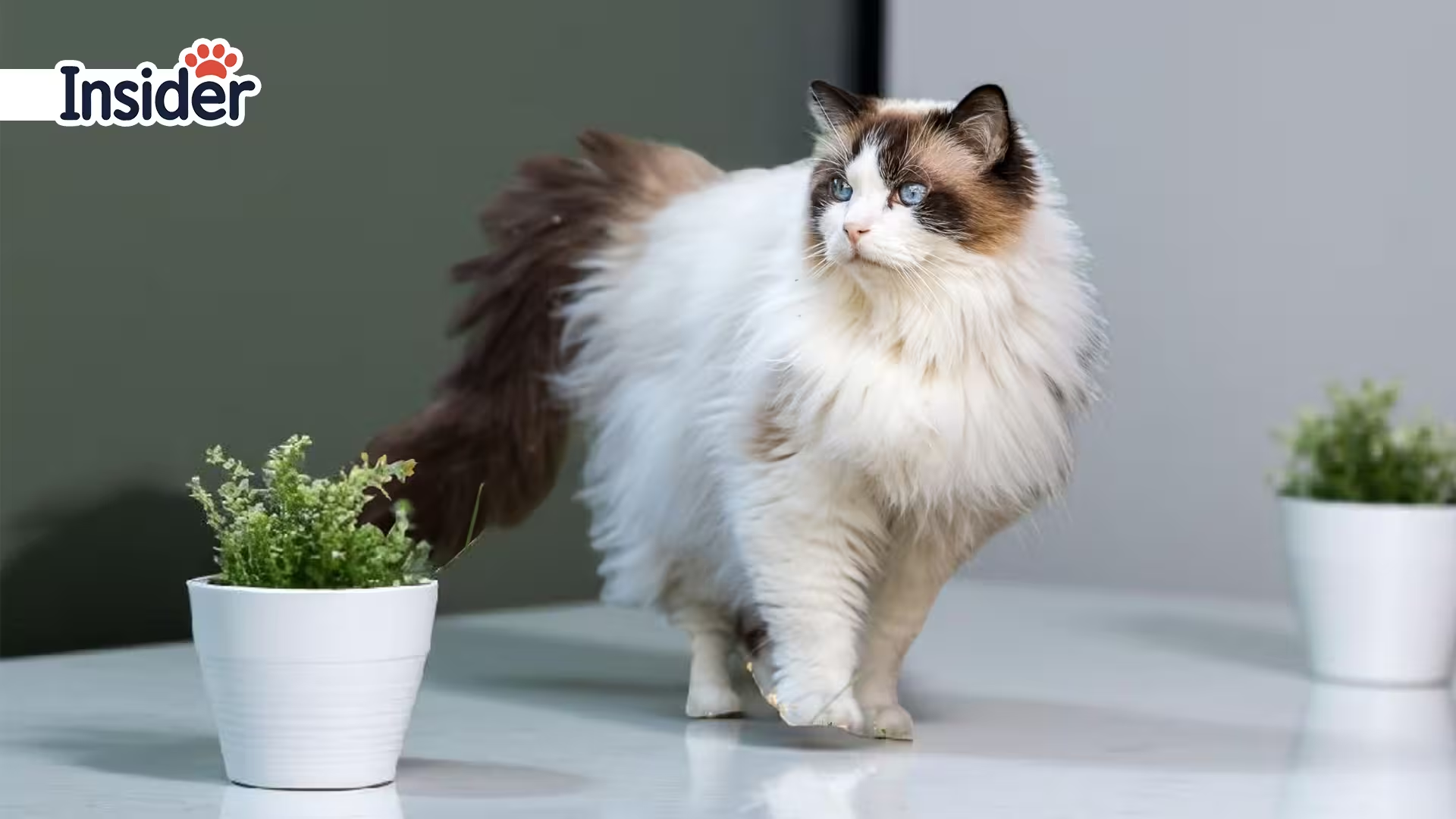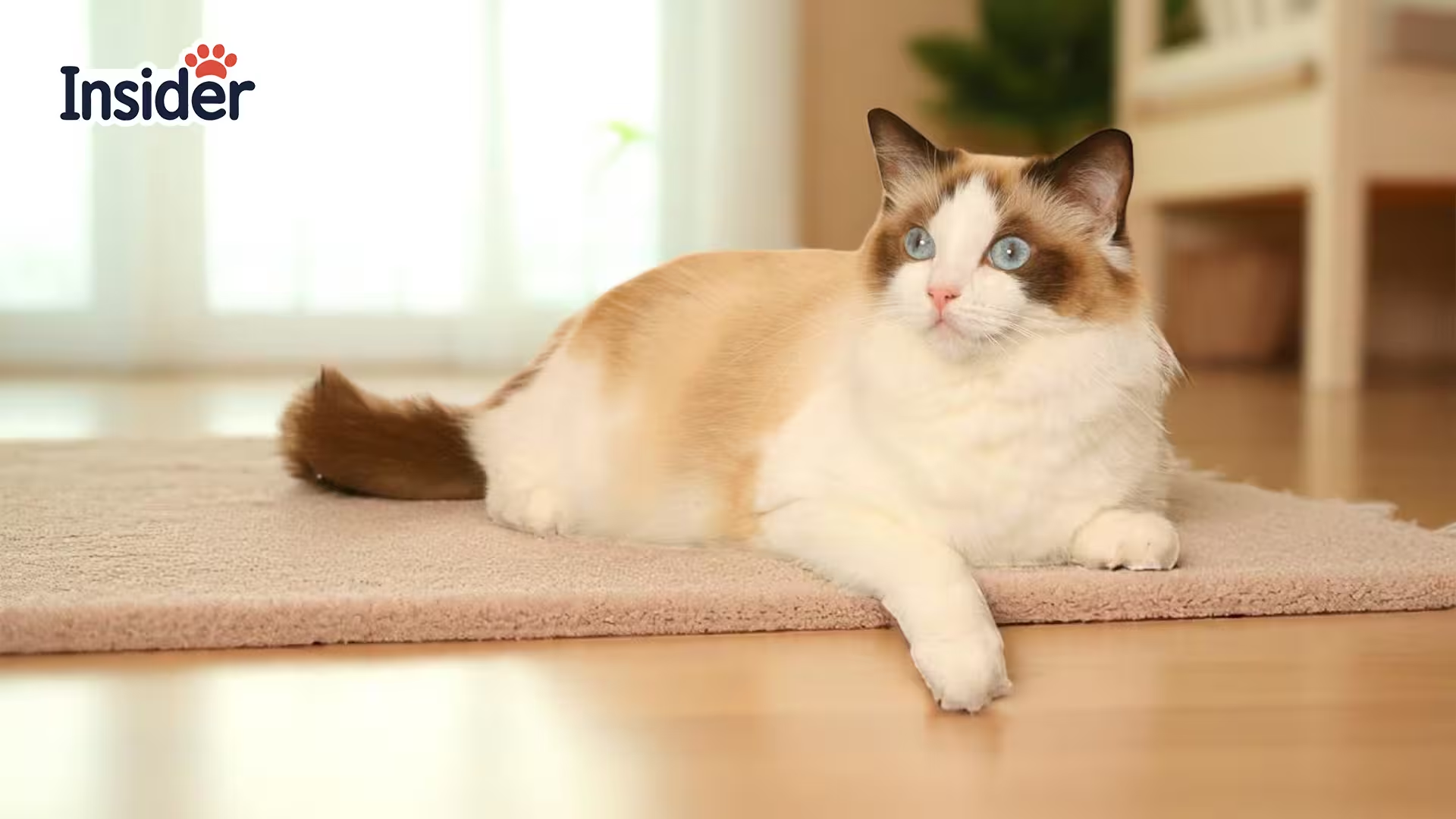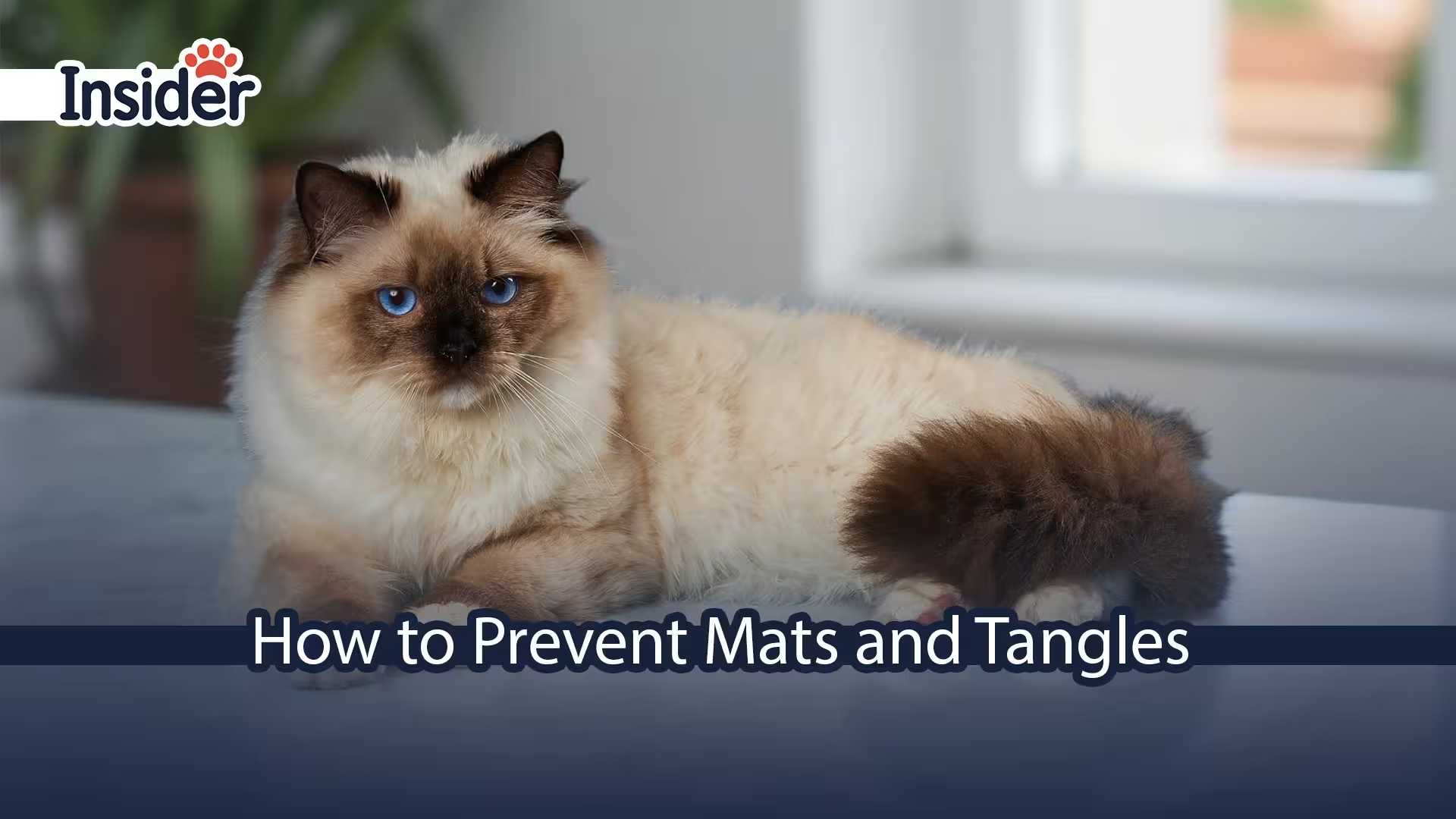The enchanting Ragdoll cat, with its striking blue eyes and plush, semi-longhaired coat, is a picture of feline elegance. Their fur, often described as feeling like soft rabbit fur, is one of their most defining and admired features. However, maintaining this glorious coat requires dedicated care to prevent the dreaded tangles and mats that can cause discomfort and lead to skin problems. For any devoted pet lover, understanding the nuances of Ragdoll cats’ fur is the first step toward ensuring your gentle giant not only looks its best but feels it too.
This in-depth guide is your ultimate resource for mastering the art of Ragdoll fur maintenance. We will delve into the unique properties of their coat, equip you with the knowledge to select the right tools for the job, and provide a step-by-step grooming routine that is both effective and a bonding experience. From dietary advice that promotes a lustrous shine from within to techniques for tackling stubborn mats, this article will provide you with the expert knowledge to care for your Ragdoll’s coat with confidence.
Table of Contents
Understanding the Unique Coat of Ragdoll Cats
Unlike many other long-haired breeds, Ragdolls possess a unique single coat of fur. This means they lack a dense, woolly undercoat, which is a significant advantage in the grooming department. Their fur consists mainly of long, soft guard hairs that give it its characteristic silky texture. While this structure makes their coat less prone to matting than that of a Persian or a Maine Coon, it is by no means mat-proof.

The fur on a Ragdoll is not uniform in length across their body. You will notice it is shorter on their face and shoulders, gradually lengthening along their back and sides. The longest and most luxurious fur is typically found on their ruff (the fur around their neck) and their magnificent, plumed tail. Certain areas are more susceptible to tangles and mats due to friction and movement. These “hotspots” include:
- Under the arms (armpits): This is a prime area for matting due to the constant movement of the front legs.
- Behind the ears: The fine fur here can easily tangle.
- On the belly and inner thighs: These areas can become matted from your cat lying down and from the friction of their legs.
- The base of the tail: This area can sometimes become soiled, leading to clumping and matting.
A healthy Ragdoll coat should be soft, lustrous, and free-flowing. Any deviation from this, such as a greasy or dull appearance, could be an indicator of an underlying health issue or a need to adjust their grooming routine or diet.
Essential Grooming Tools for Ragdoll Cats
Walking into a pet store can be overwhelming with the sheer variety of grooming tools available. However, for a Ragdoll, you only need a few key items to maintain their coat in pristine condition. Investing in high-quality tools will not only make the grooming process more effective but also more comfortable for your feline friend.
The Must-Have Tools:
- Stainless Steel Greyhound Comb: This is arguably the most crucial tool for any Ragdoll owner. A greyhound comb has both wide and fine teeth on the same comb. The wide-toothed side is perfect for gently working through the outer layers of the coat and breaking up any minor tangles. The fine-toothed side is then used to comb through the fur more thoroughly, ensuring you reach down to the skin to remove any loose hair and prevent mats from forming at the base.
- Slicker Brush: A good quality slicker brush with fine, angled wire bristles is excellent for removing loose fur and smoothing the coat. Look for one with protected tips to prevent scratching your cat’s delicate skin. The slicker brush is particularly effective on the longer-furred areas of your Ragdoll’s body.
- Dematting Tool (for emergencies): While the goal is to prevent mats, a dematting tool can be a lifesaver for carefully breaking up a mat that has already formed. These tools have serrated blades that cut through the matted fur. They must be used with extreme caution to avoid injuring your cat.
Tools to Use with Caution or Avoid:
- The Furminator and other de-shedding rakes: While popular for many breeds, these tools are generally not recommended for Ragdolls. Because Ragdolls have a single coat, these aggressive de-shedding tools can damage their beautiful guard hairs, leading to a frizzy, damaged coat. They are designed for cats with thick undercoats, which Ragdolls lack.
A Step-by-Step Guide to Grooming Your Ragdoll Cat
The key to a tangle-free Ragdoll is a consistent grooming routine. Aim to groom your cat at least two to three times a week. Daily grooming sessions, even if brief, are even better, especially during their seasonal sheds in the spring and fall.

Step 1: Create a Calm and Positive Environment
Choose a time when your Ragdoll is relaxed and receptive. A quiet room where you won’t be disturbed is ideal. You can place a soft towel on your lap or on a table for your cat to lie on. Start with gentle petting and soothing words to make the experience a positive one. Offering a treat at the beginning and end of the grooming session can also help build a positive association.
Step 2: The Initial Comb-Through with the Greyhound Comb
Begin with the wide-toothed side of your greyhound comb. Gently comb through your Ragdoll’s entire coat, starting from their head and working your way down their back towards their tail. Always comb in the direction of hair growth. This initial pass will help to identify and gently loosen any small tangles.
Pay close attention to the mat-prone areas: under the arms, on the belly, and behind the ears. Be extra gentle in these sensitive spots.
Step 3: The Detailed Comb-Through and Line Brushing
Once you have done an initial comb-through, it’s time for a more detailed approach using the fine-toothed side of the comb. This is where the technique of “line brushing” or “line combing” is invaluable for long-haired cats.
To line brush, you will part the fur in a line with your fingers, exposing the skin. Then, comb the fur below the part, from root to tip. Continue to make new parts, working your way up the cat’s body. This methodical approach ensures that you are reaching the base of the coat and not just skimming over the top layer. This is crucial for preventing mats from forming close to the skin.
Step 4: Using the Slicker Brush for a Finishing Touch
After a thorough combing, a slicker brush can be used to remove any remaining loose fur and to give the coat a beautiful, smooth finish. Use light, gentle strokes. The slicker brush is also great for fluffing up the ruff and tail.
Step 5: Checking for and Addressing Tangles
During your grooming session, you will likely encounter some tangles. For small knots, you can often gently tease them apart with your fingers. You can also try holding the base of the fur close to the skin with your fingers and then gently combing out the tangle. This prevents pulling on your cat’s skin.
For more established tangles, this is where your patience is key. Never try to rip or pull at a knot.
The Role of Bathing in Ragdoll Coat Care
Ragdolls are generally clean cats and do not require frequent bathing. In fact, over-bathing can strip their fur of its natural oils, leading to dry skin and a dull coat. A bath is typically only necessary if your cat has gotten into something messy, has a skin condition that requires medicated baths, or if their coat has become particularly greasy or dirty.
When a bath is needed, follow these steps to make it as stress-free as possible:
- Preparation is Key: Gather everything you need before you bring your cat to the bathroom. This includes a high-quality, cat-specific moisturizing or detangling shampoo, several towels, a non-slip mat for the tub or sink, and a cup or gentle sprayer for rinsing.
- Pre-Bath Grooming: Always brush your Ragdoll thoroughly before a bath. Water can tighten existing mats, making them nearly impossible to remove.
- Water Temperature: Use lukewarm water that is comfortable to the touch.
- Gentle Washing: Gently lather the shampoo, avoiding your cat’s eyes and ears. Speak in a calm and reassuring voice throughout the process.
- Thorough Rinsing: It is crucial to rinse all the shampoo out of their thick fur. Any residue left behind can cause skin irritation.
- Drying: Gently squeeze excess water from the coat with a towel. You can then wrap your cat in a dry, warm towel. Some Ragdolls will tolerate a hairdryer on the lowest, coolest setting, but never point it directly at their skin. A thorough towel dry followed by allowing them to air dry in a warm, draft-free room is often the safest option.
Nutrition’s Impact on a Healthy Ragdoll Coat
A beautiful coat starts from within. The food you provide your Ragdoll plays a significant role in the health and appearance of their fur. A diet lacking in essential nutrients can result in a dull, dry, and brittle coat that is more prone to tangling.

Key Nutrients for a Lustrous Coat:
- High-Quality Protein: Hair is primarily made of protein, so a diet rich in animal-based protein is essential for strong, healthy fur. Look for cat foods that list a named meat source (like chicken, turkey, or fish) as the first ingredient.
- Omega-3 and Omega-6 Fatty Acids: These essential fatty acids are powerhouses for skin and coat health. They help to moisturize the skin from the inside out, which can reduce shedding and promote a glossy shine. Many high-quality cat foods are fortified with these, and fish oil supplements can also be a good addition (always consult with your veterinarian before adding any supplements to your cat’s diet).
- Hydration: Proper hydration is vital for overall health, including skin and coat health. Ensure your Ragdoll always has access to fresh, clean water. Wet food is an excellent source of hydration and is often recommended for this breed.
Tackling the Toughest Tangles: How to Deal with Matted Fur
Despite your best efforts, you may occasionally find a mat in your Ragdoll’s fur. It is crucial to address these as soon as you find them, as they can grow quickly and become very painful for your cat.
For Small to Medium Mats:
- Isolate the Mat: Gently separate the mat from the surrounding fur.
- Use Your Fingers First: Try to pull the mat apart with your fingers gently.
- The Greyhound Comb: Use the wide-toothed end of your comb to gently pick at the edges of the mat, working your way inwards.
- A Pinch of Cornstarch: Sprinkling a tiny amount of cornstarch on a mat can sometimes help to absorb excess oils and make it easier to tease apart with your fingers or a comb gently.
For Severe Mats:
If a mat is very tight and close to the skin, do not attempt to cut it out with scissors. A cat’s skin is very thin and elastic, and it is incredibly easy to cut them accidentally. Severe matting is painful and can pull on the skin, causing irritation and even infection.
In cases of severe matting, the safest and most humane option is to seek professional help from a veterinarian or a professional groomer. They have the experience and the proper tools (like clippers) to safely remove the mats without harming your cat.
A Proactive Approach: Preventive Care for a Tangle-Free Future
The best way to deal with tangles and mats is to prevent them from forming in the first place. By adopting a proactive approach to your Ragdoll’s care, you can ensure their coat remains healthy and beautiful for years to come.
- Consistency is Key: Stick to a regular grooming schedule.
- Be Thorough: Always ensure you are grooming down to the skin.
- Focus on Problem Areas: Give extra attention to the areas that are prone to matting.
- Healthy Diet: Provide a high-quality, balanced diet rich in essential fatty acids.
- Regular Vet Check-ups: Regular check-ups can help identify any underlying health issues that may be affecting your cat’s coat.
Caring for a Ragdoll cat’s magnificent coat is a commitment, but it is also a deeply rewarding experience. Your grooming sessions will not only keep your beloved pet comfortable and healthy but will also strengthen the special bond you share. By following the expert advice in this guide, you are well-equipped to provide the best possible care for your gentle giant, ensuring their stunning fur remains a source of pride and a testament to your loving care.

